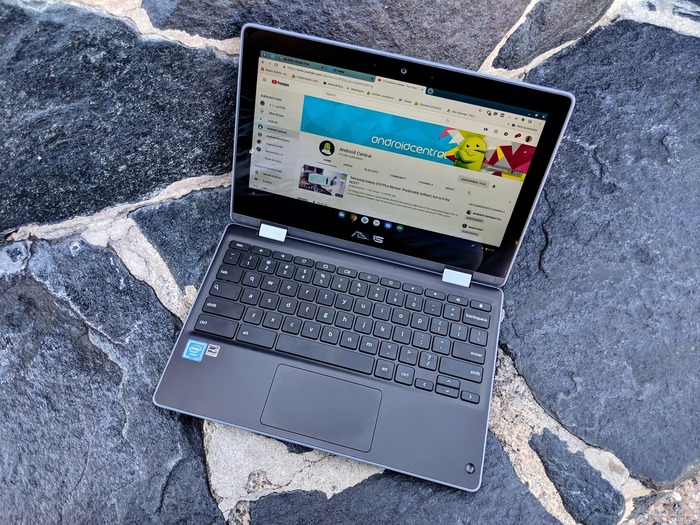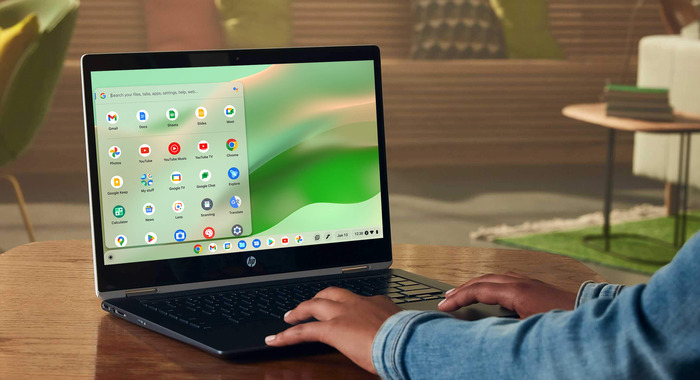Technology has changed how students learn, teachers teach, and schools run. The old education approach, which used printed books, chalkboards, and in-person teaching, is quickly becoming a more digital, flexible, and interactive experience.
Schools have used new technology to improve engagement and efficiency due to the need for affordable, accessible learning solutions. Among these advancements, Chromebooks have achieved tremendous appeal, delivering a simple yet powerful solution to current educational demands.
These lightweight, internet-based gadgets give easy access to digital tools, cloud storage, and interactive learning. As schools globally adopt Chromebooks, they alter how students work together, study, and learn in a more digital environment.
The Rise of Chromebooks in Schools
Chromebooks are becoming increasingly common in educational settings because they are affordable, user-friendly, and fit with cloud-based learning initiatives. Unlike most ordinary computers, Chromebooks operate on a lightweight OS designed for simplicity, speed, and safety.
They attract colleges looking for reasonably priced digital learning solutions as they require less maintenance and are significantly less expensive than high-end computers. Their automated upgrades and cloud-based apps also lessen the load on school IT teams, keeping devices safe and working with little effort.
Chromebooks’ durability and battery life further boost their appeal. They are intended to withstand student use’s regular wear and tear, making them suitable for classroom contexts.
Their long-lasting battery life—often extending beyond a whole school day—ensures that students may finish homework and participate in courses without recharging their devices. Thus, Chromebooks appeal to schools looking for dependable, effective digital tools to aid contemporary learning.
Enhancing Student Engagement and Collaboration
A key educational benefit is Chromebooks’ capacity to boost student engagement through interactive and collaborative learning. Traditional learning techniques typically struggle to attract students’ attention, but Chromebooks allow a dynamic, multimedia-rich approach to teaching.
Students may join in online conversations, work on group projects in real-time, and submit assignments using platforms like Google Classroom, facilitating communication between students and professors.
Chromebooks also give students access to online educational materials, including research databases, digital textbooks, and interactive simulations. These tools promote self-paced learning, letting students study in-depth topics and review as required.
Multimedia components like movies, quizzes, and gamified learning platforms help make classes more interesting and accessible for students with varied learning styles. Chromebooks boost engagement and learning by promoting cooperation.
Preparing Students for a Digital Future
As technology continues to shape the modern workforce, students must be digitally literate. Chromebooks help prepare students for future employment by familiarizing them with cloud computing, online collaboration, and digital research tools.
However, as students increasingly rely on digital resources for learning and academic assistance, ensuring the credibility of these tools becomes essential.
With so many platforms offering academic support, it’s natural to ask questions like, “Is SpeedyPaper safe? To make informed decisions, it’s always a good idea to check user experiences and read reviews on ScamFighter, ensuring that students receive reliable and effective assistance.
Beyond general digital literacy, Chromebooks can promote STEM (Science, Technology, Engineering, and Mathematics) education. Many Chromebook educational applications teach coding, robotics programming, and data analysis, encouraging students to study in-demand technological vocations.
As more jobs require technology expertise, students who learn these abilities early will have a competitive advantage in higher education and the labor market. Schools use Chromebooks to improve education and prepare students for a digital-first era.
Addressing Challenges and Limitations
Chromebooks have benefits and drawbacks that schools must address to enhance their efficacy. One major concern is their dependence on internet access. Students without reliable internet connectivity may find it difficult to do projects outside of school because most Chromebook apps are cloud-based.
Chrome OS has added offline capability for certain apps, but students in underdeveloped areas still rely on the Internet. Schools must close this gap by boosting Wi-Fi access or giving students offline materials.
Data security and privacy are other issues. Schools must enforce strong cybersecurity procedures to secure sensitive data stored in the cloud on Chromebooks.
Chrome OS has built-in security measures like automatic upgrades and virus protection, but schools must teach students about safe internet use and set up data breach processes. Addressing these issues will keep Chromebooks safe and useful for learning.

The Role of Chromebooks in Remote and Hybrid Learning
The pandemic accelerated the move to remote and hybrid learning, demonstrating the need for digital tools in education. Chromebooks were vital to remote learning, allowing students to attend virtual classrooms, submit homework, and engage with classmates from home.
Their low cost allowed many institutions to immediately provide students with tablets so that learning could continue despite interruptions.
Hybrid learning solutions are still needed when institutions return to in-person classes. Many schools embrace blended learning approaches, where students alternate between classroom and digital study.
Chromebooks are ideal for this method because they let students access learning resources anywhere and keep their education consistent. Chromebooks will continue to support flexible learning environments that adapt to students’ requirements.
The Future of Chromebooks in Education
As digital learning evolves, Chromebooks will become more important in education. Future advances will improve these AI, VR, and adaptive learning tech devices.
Schools will likely use AI tutoring, immersive virtual simulations, and real-time data analytics to tailor instruction for students. Chromebooks will remain important for these developments, offering a flexible and adaptable digital education platform.
The post The Impact of Technology on Education: How Chromebooks Are Changing the Way We Learn appeared first on About Chromebooks.

